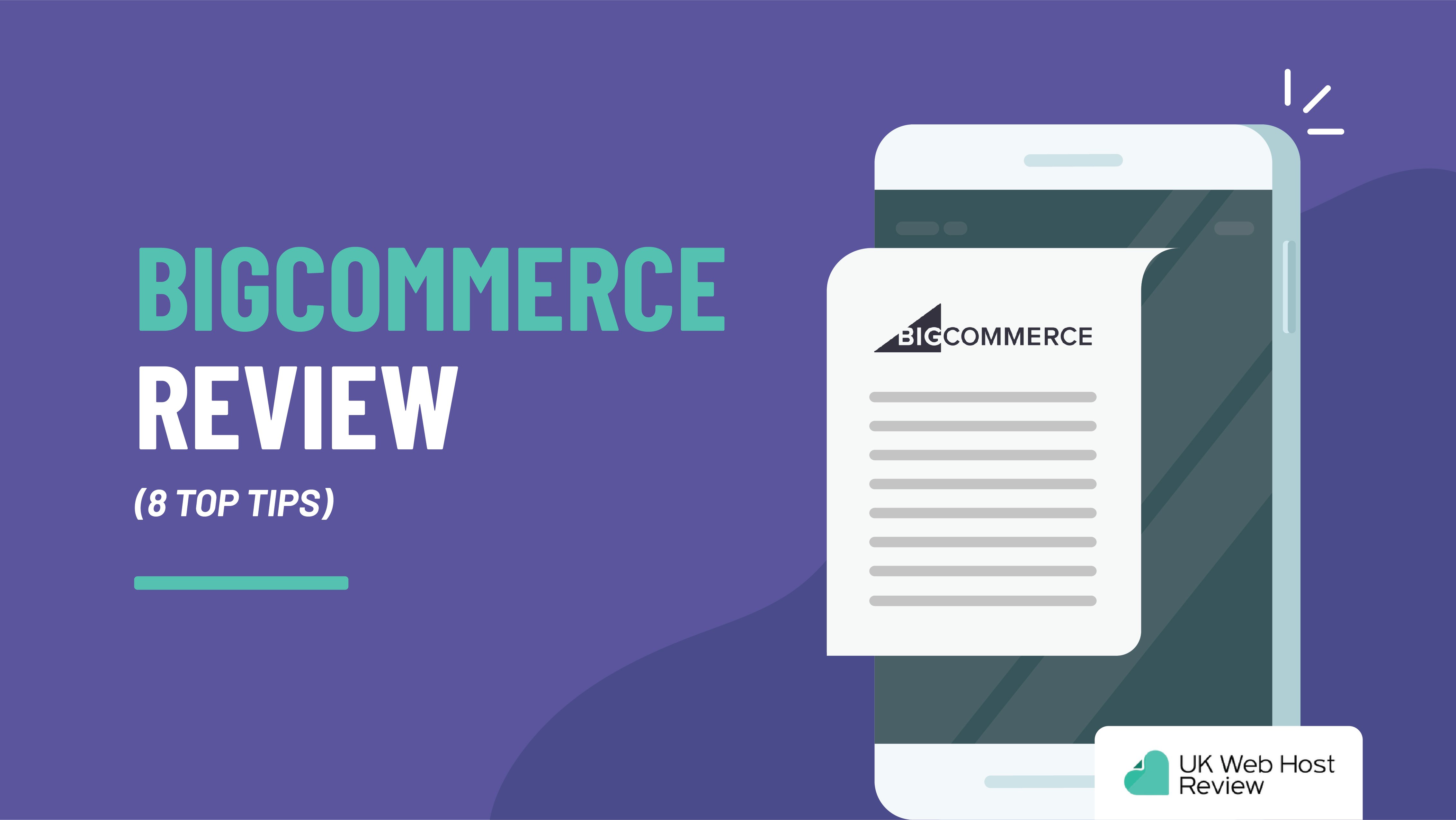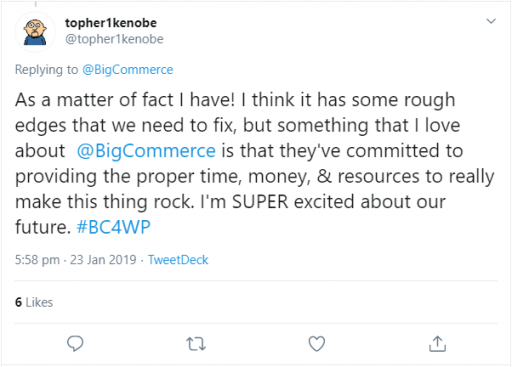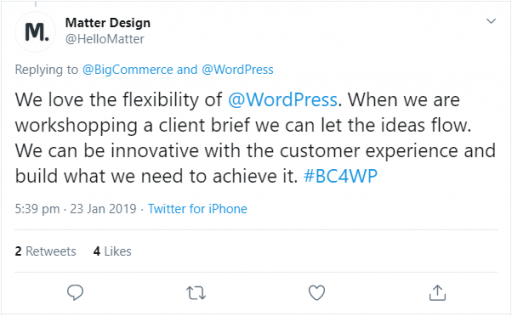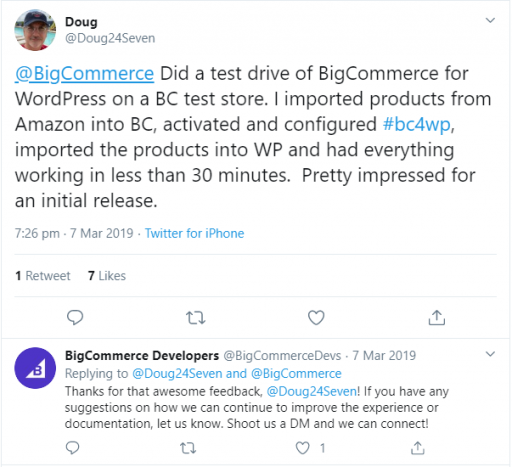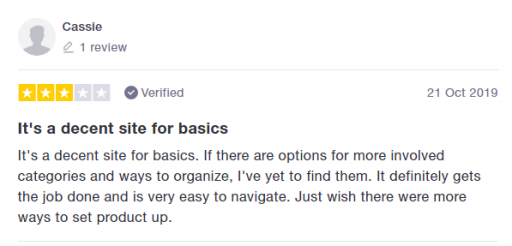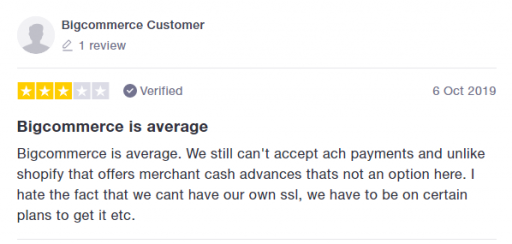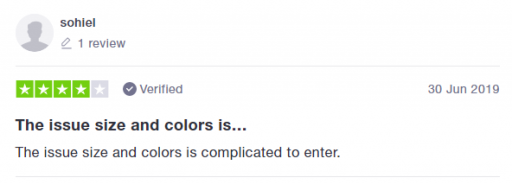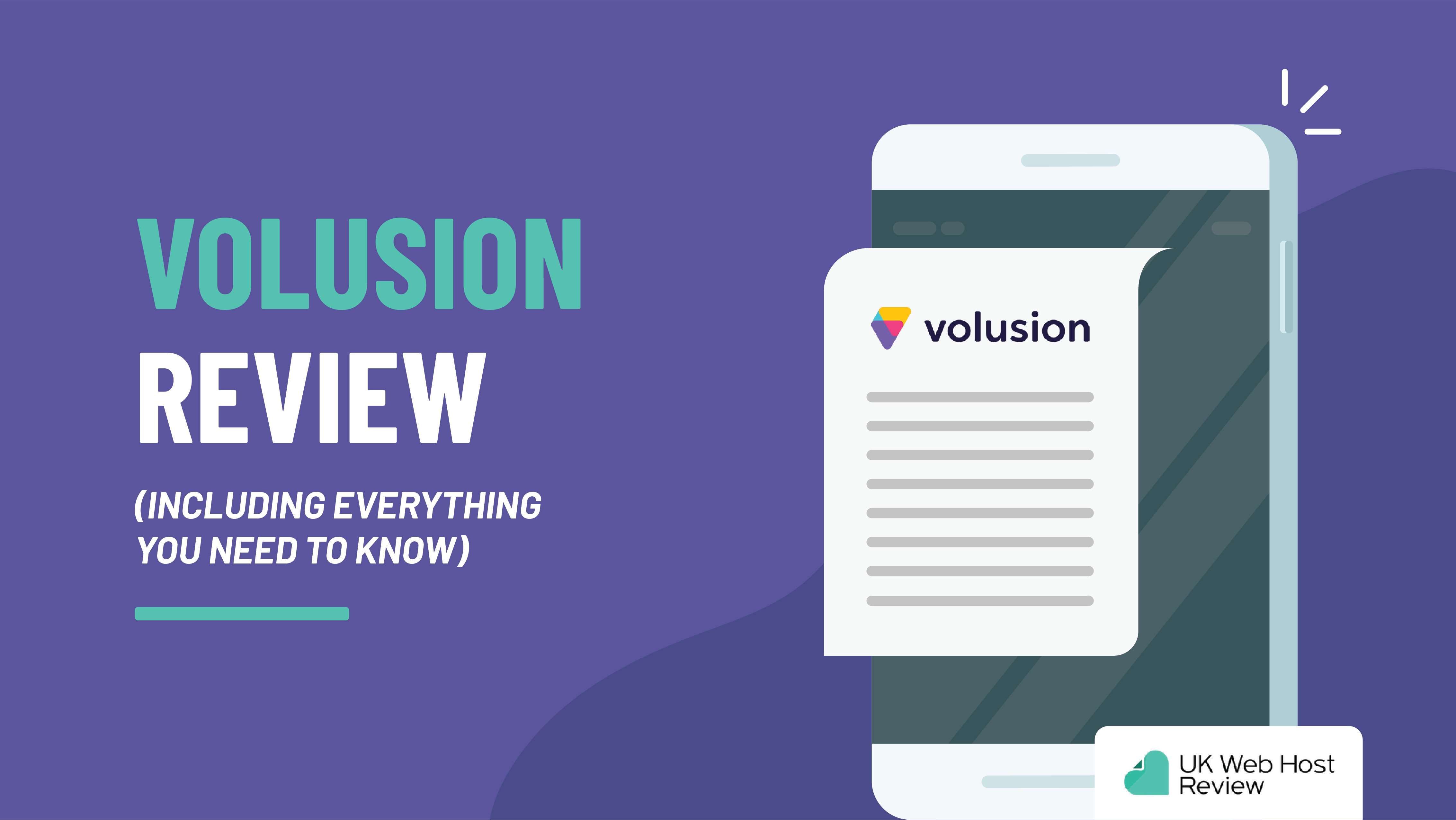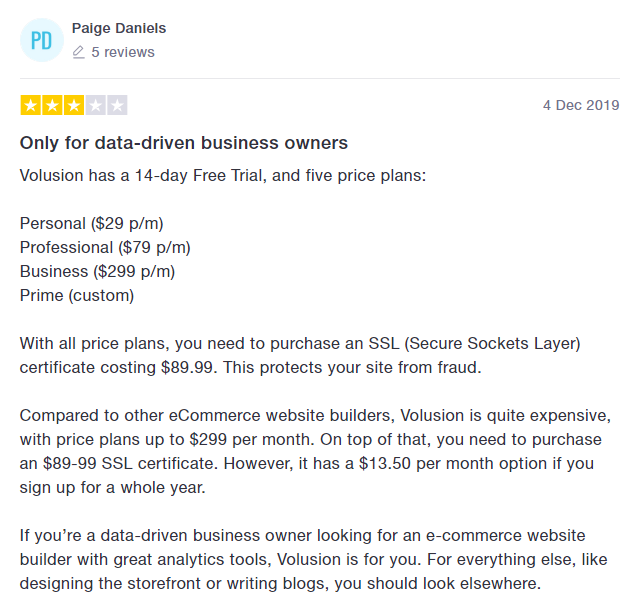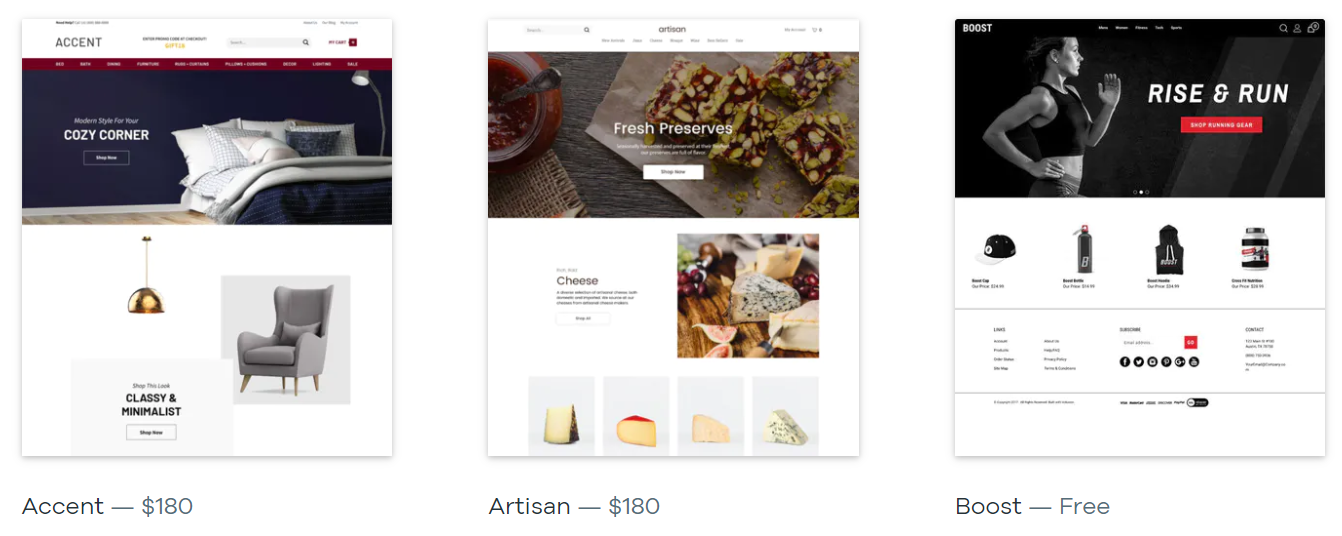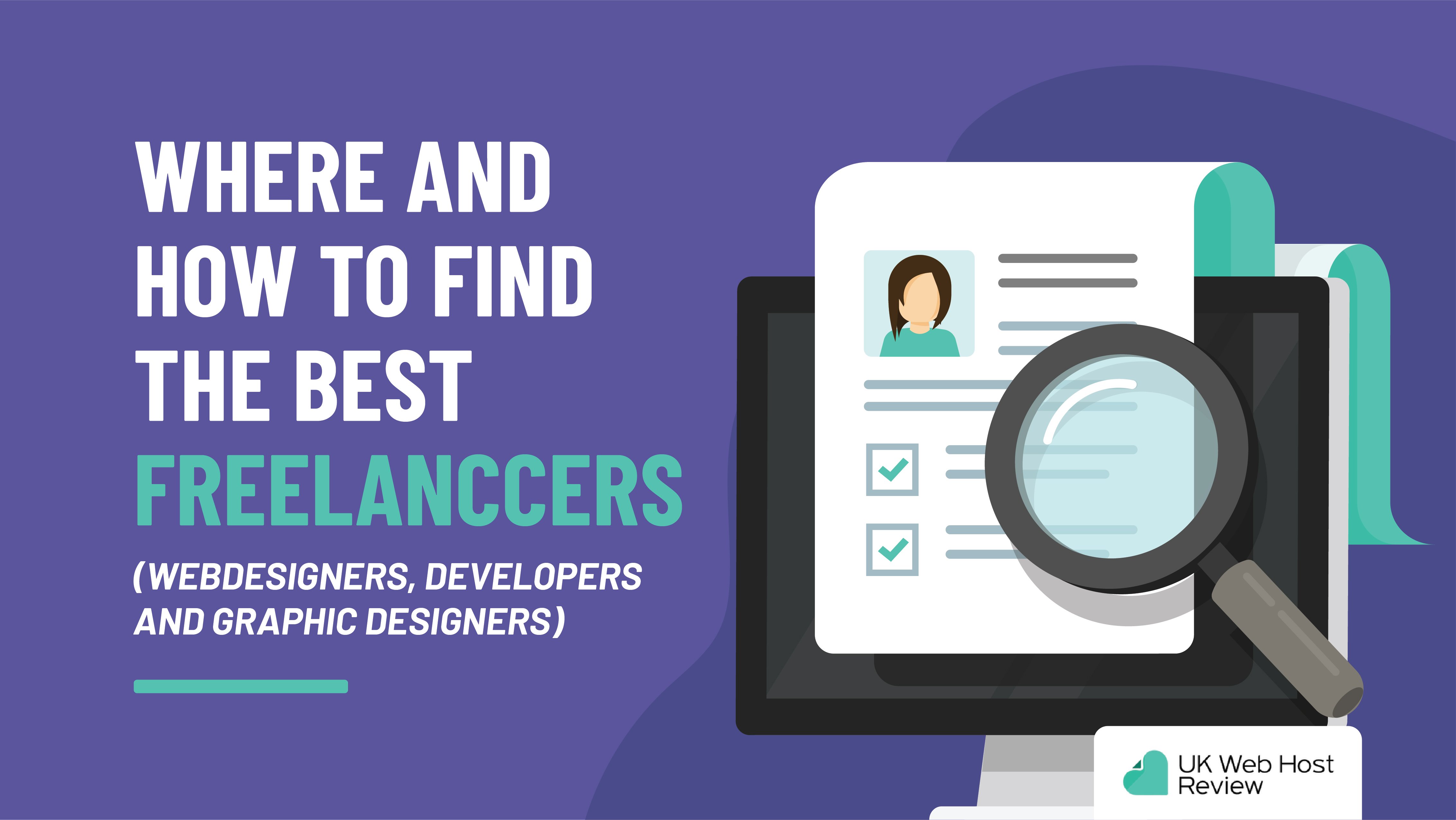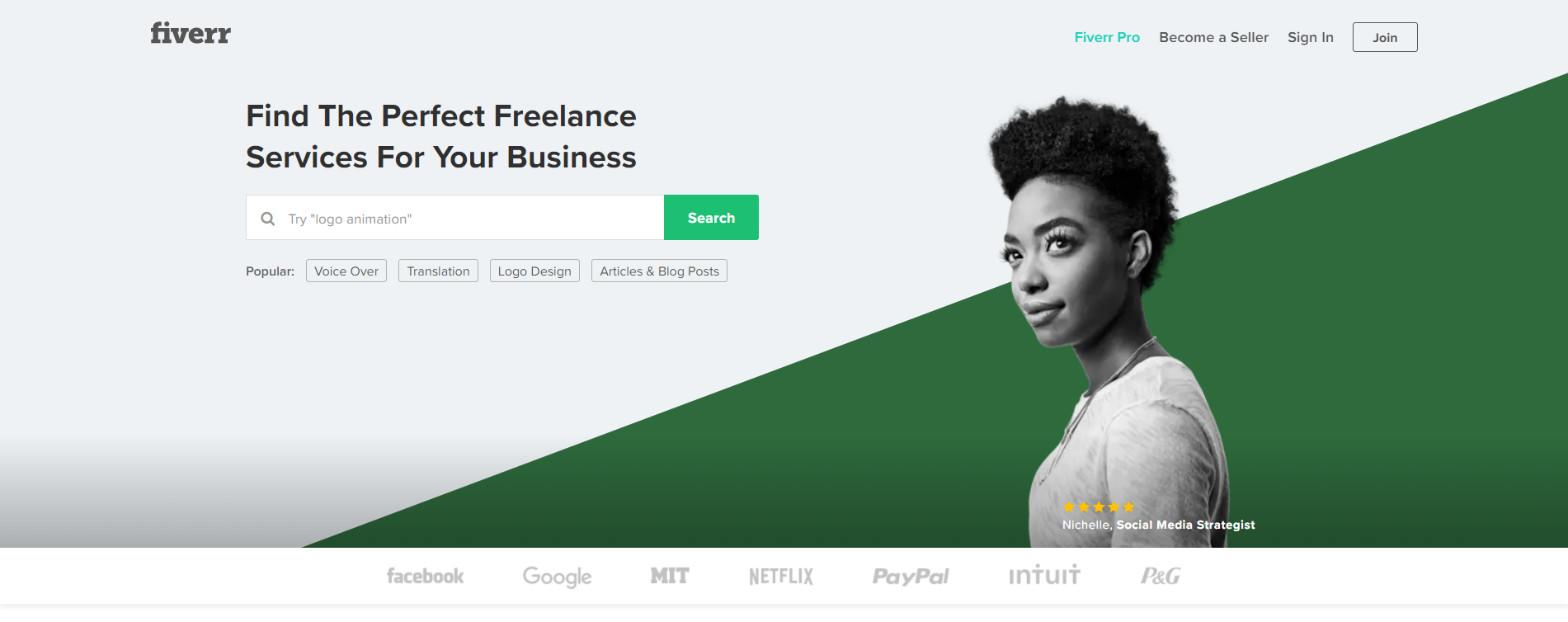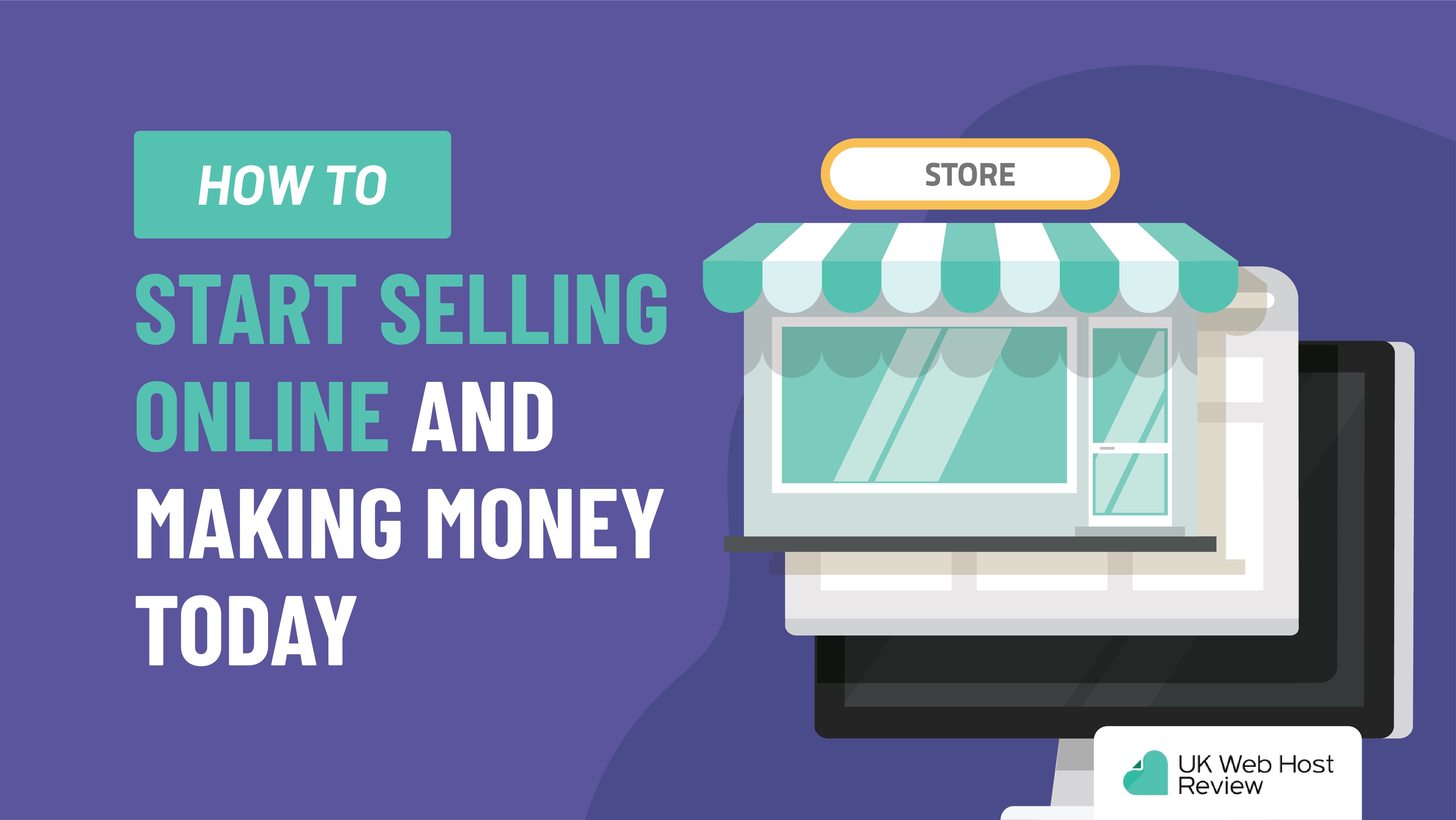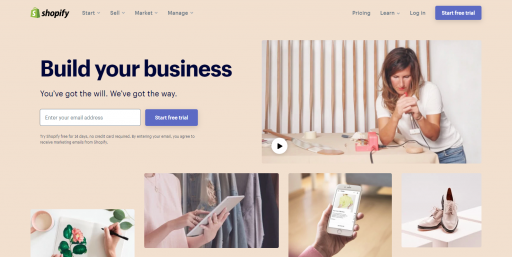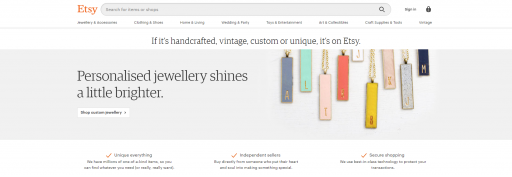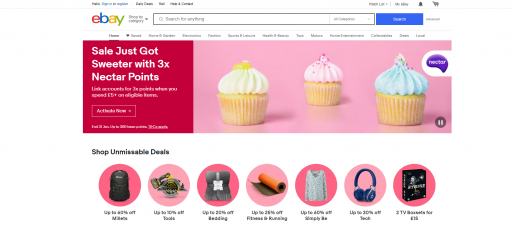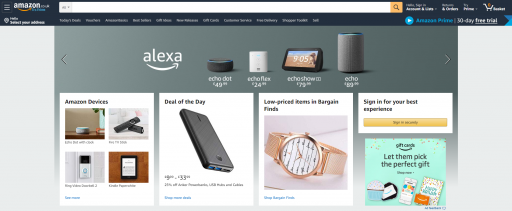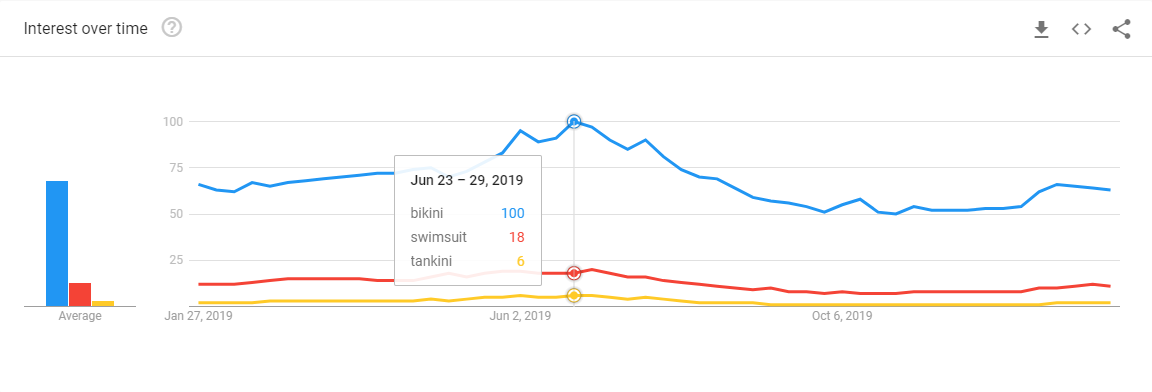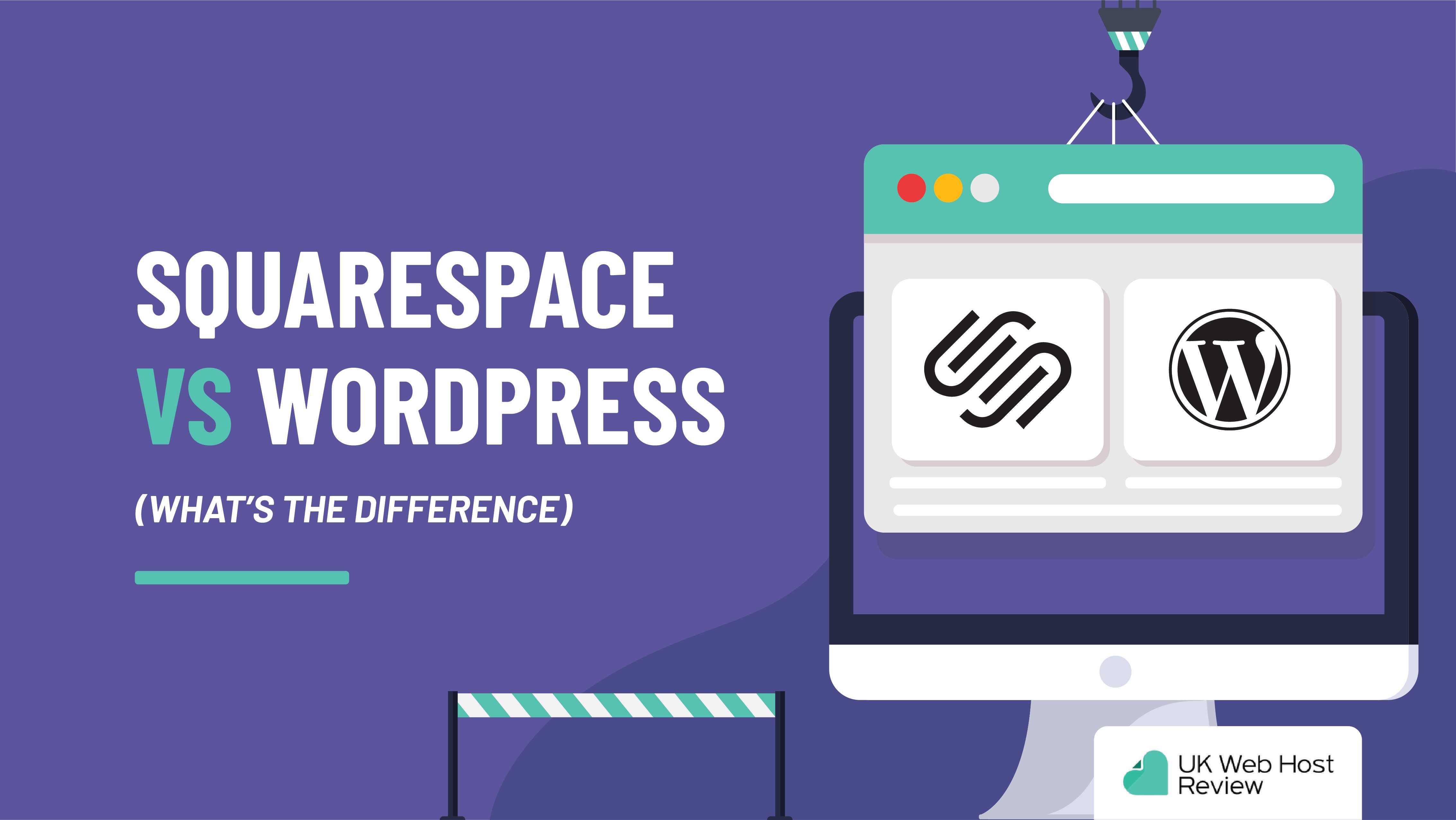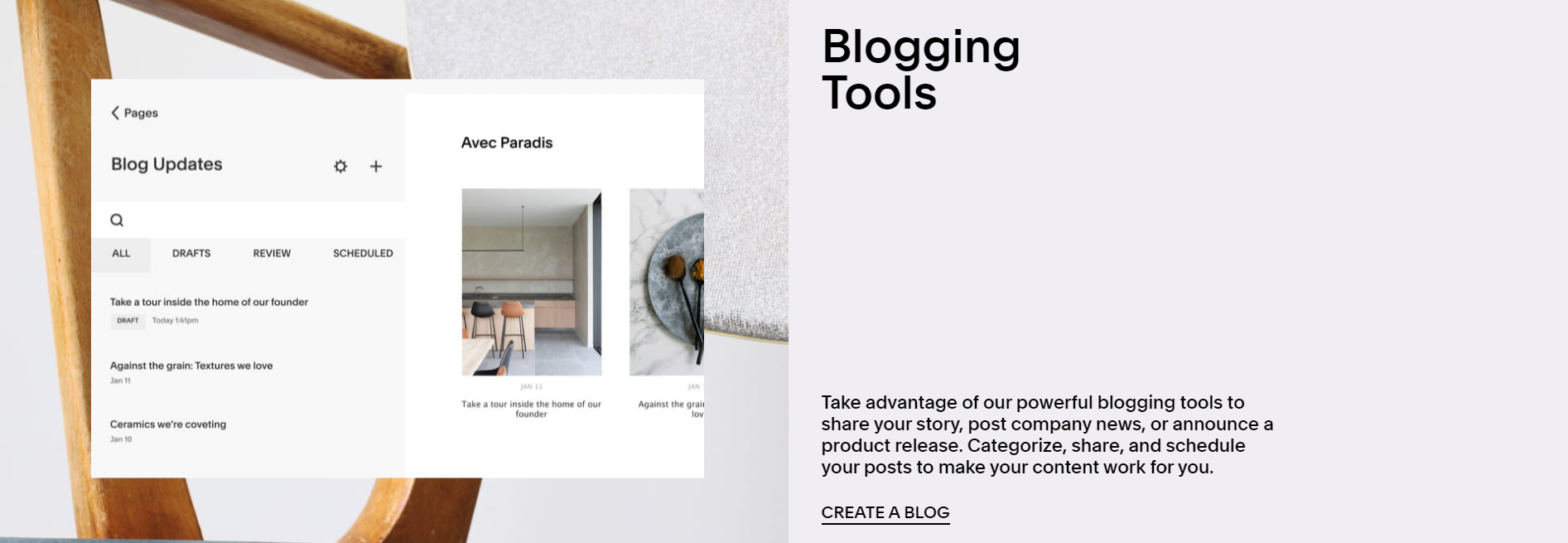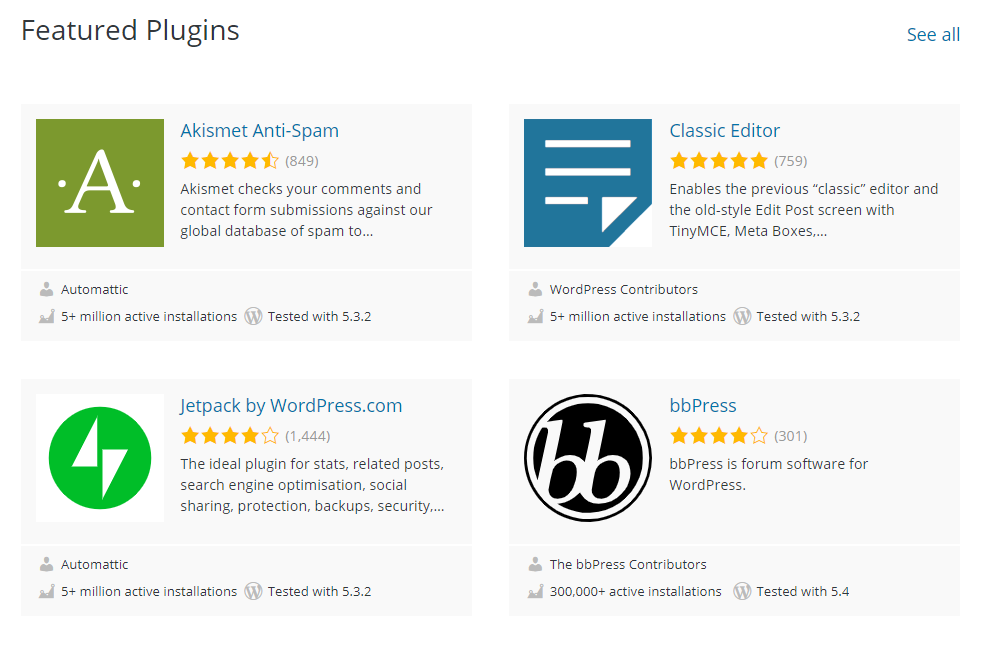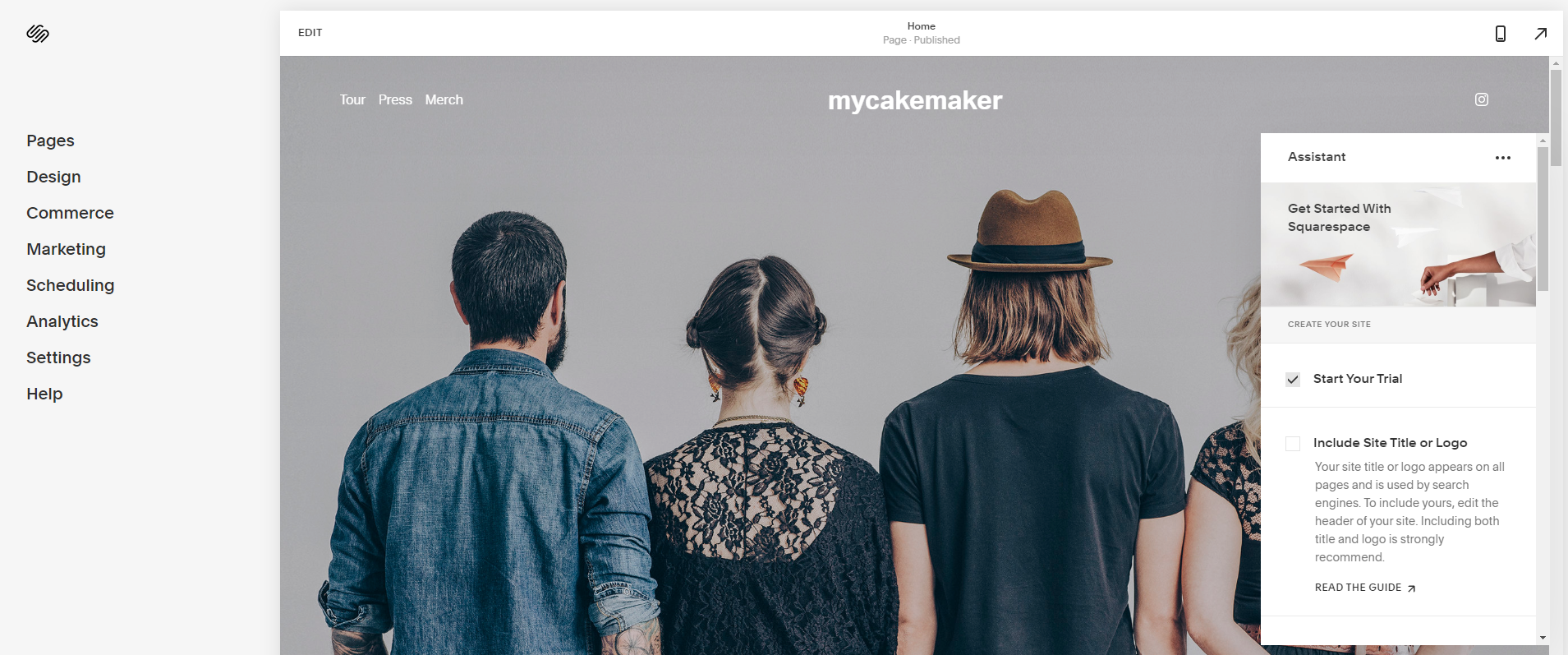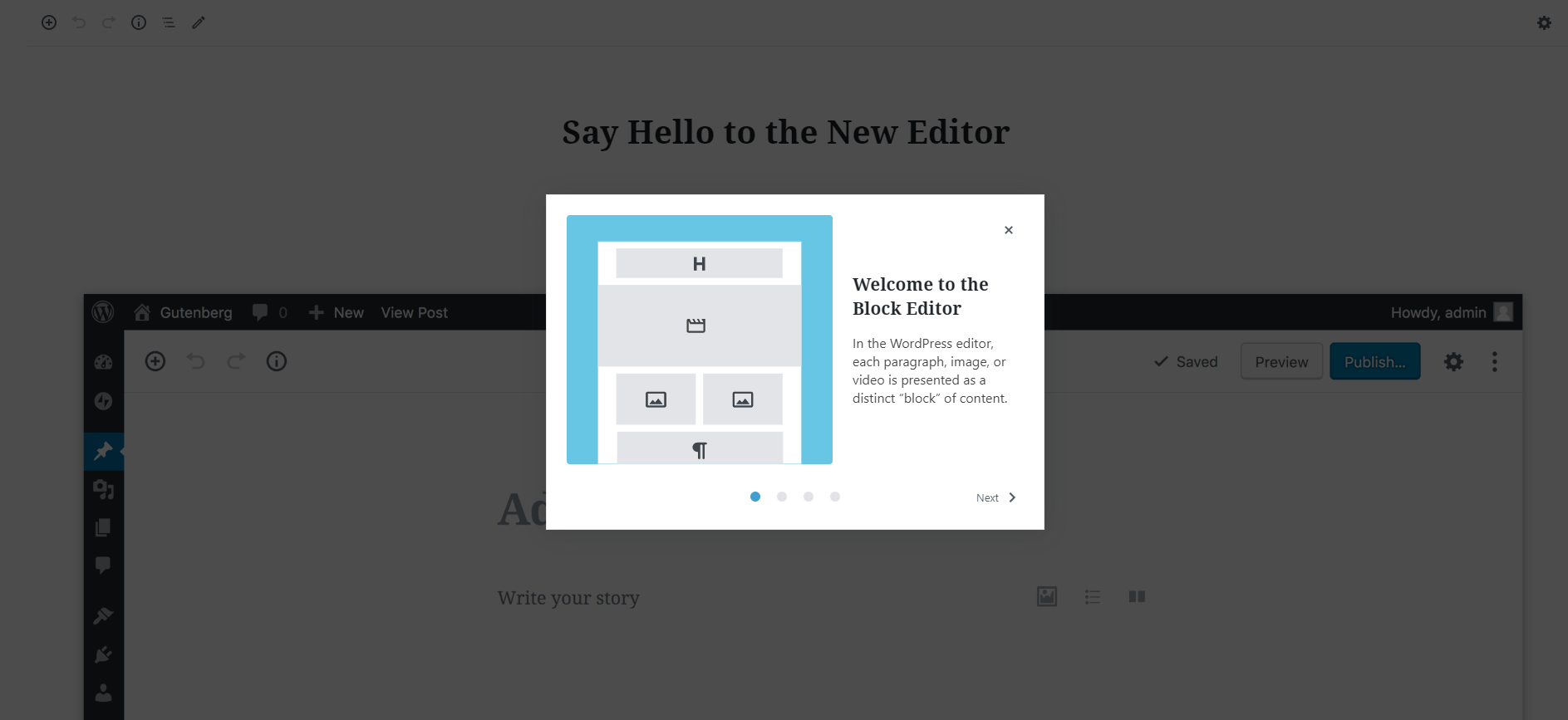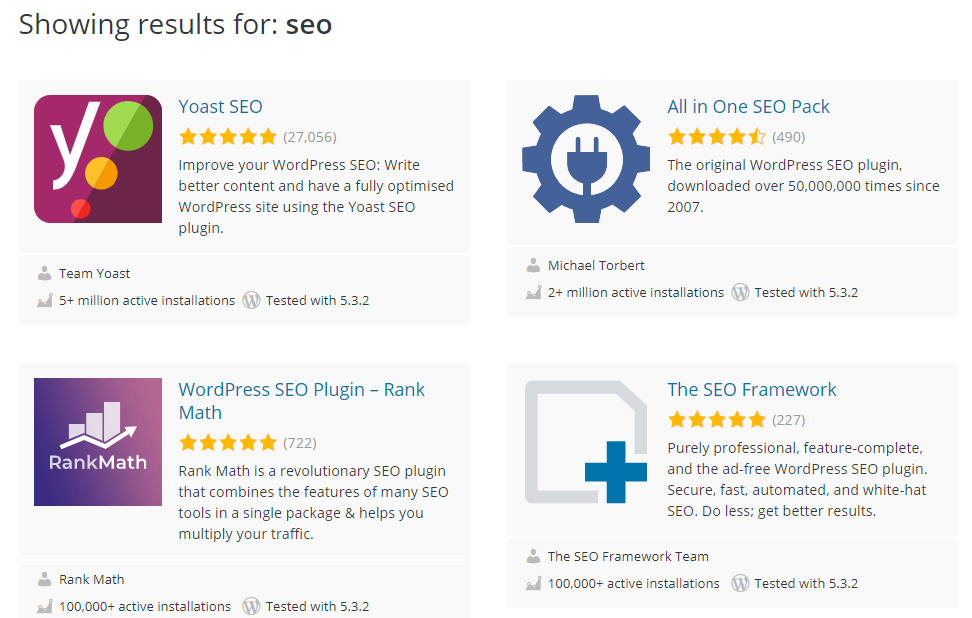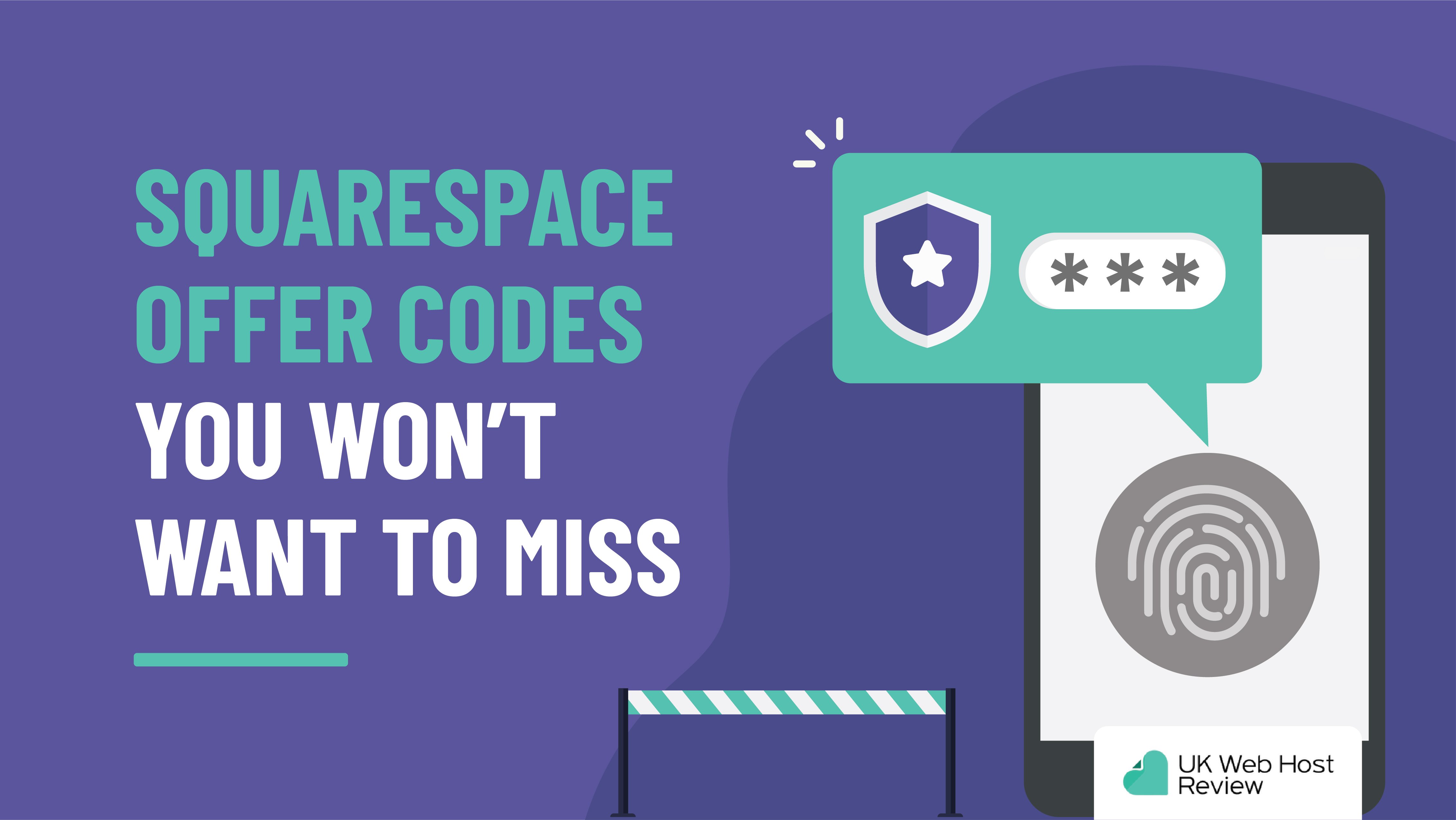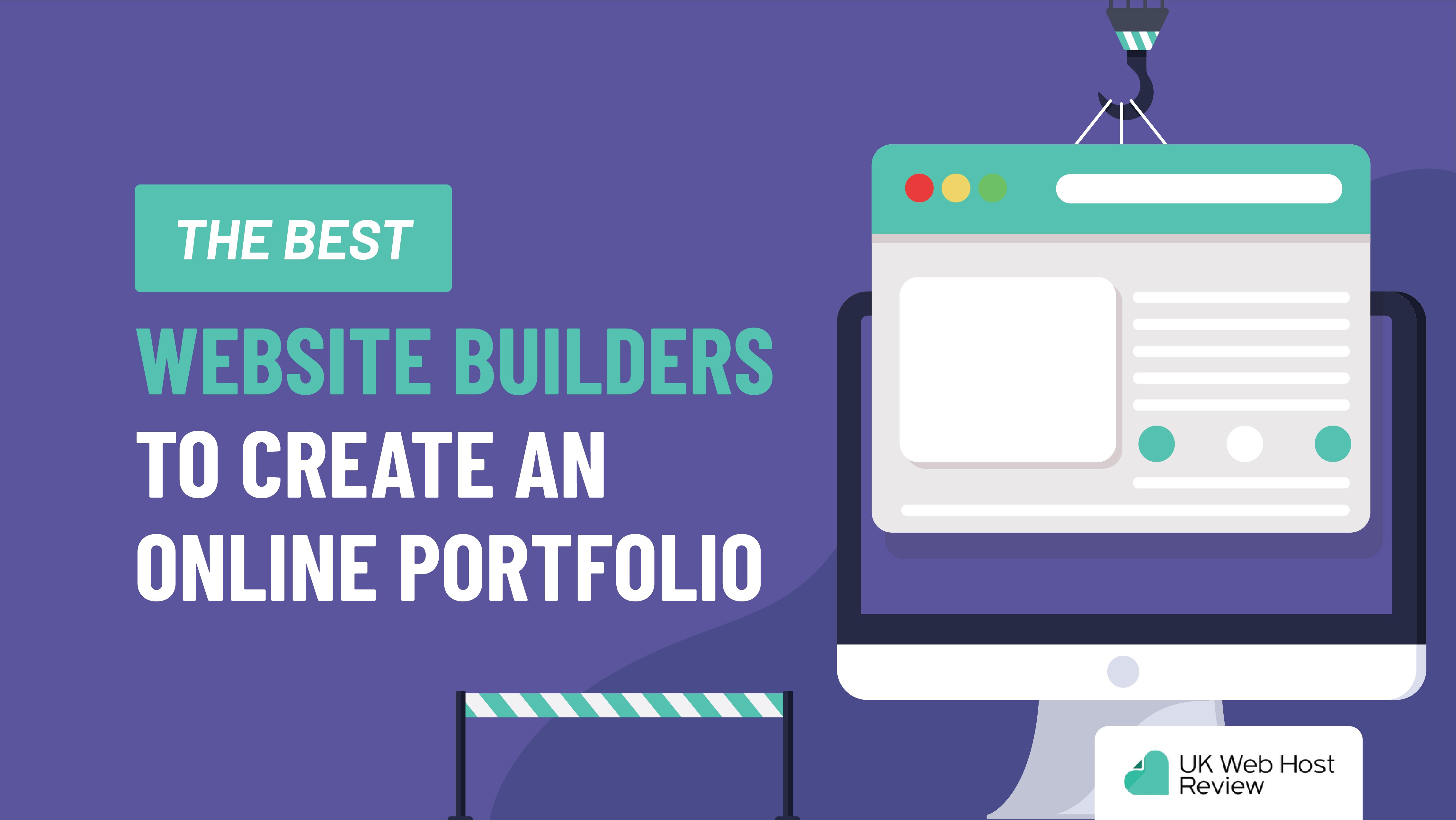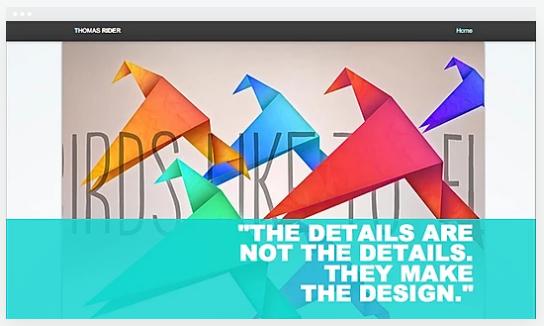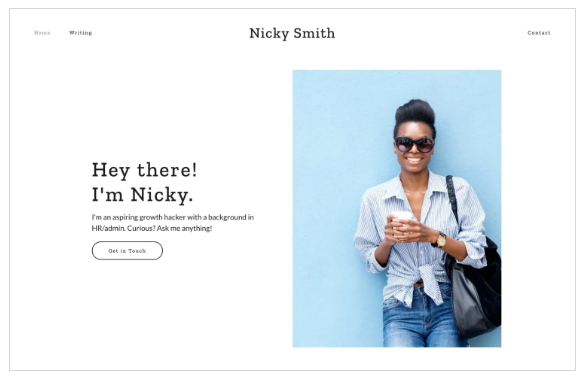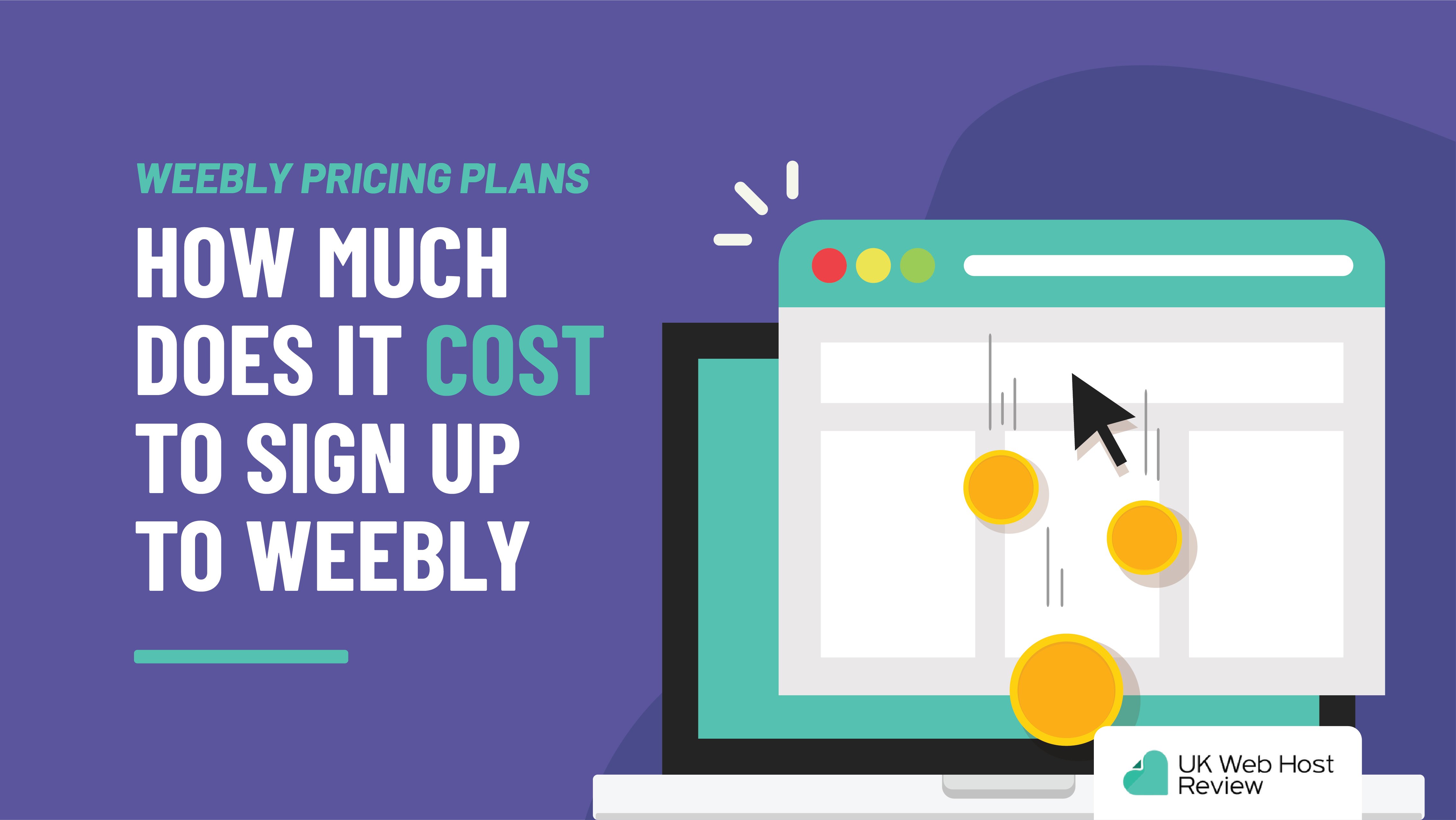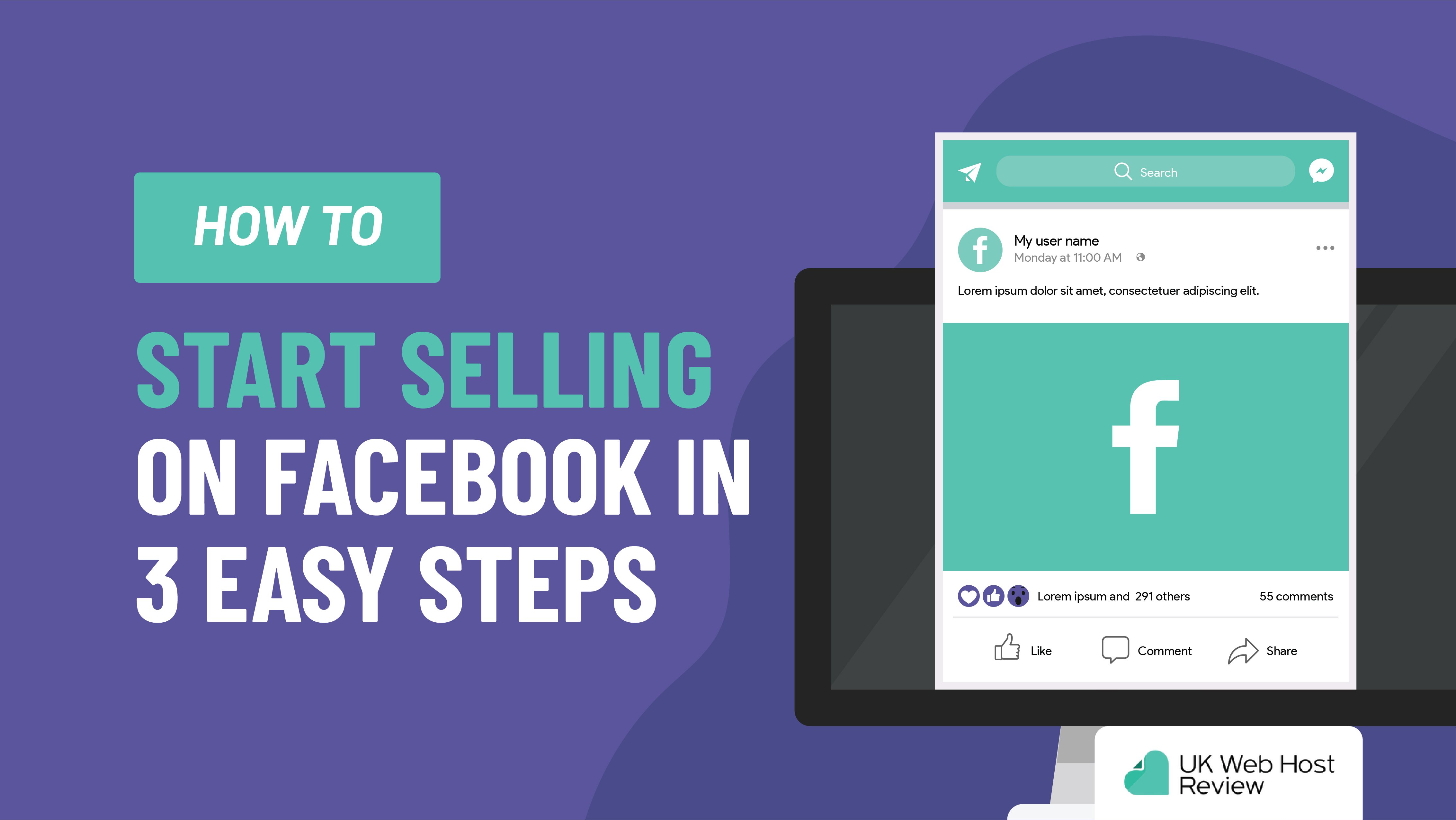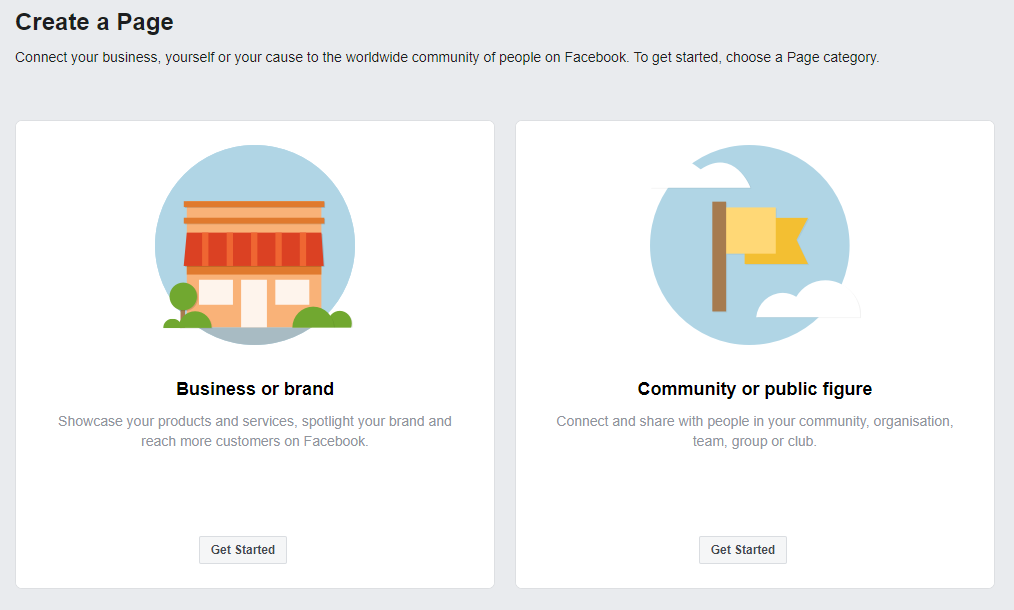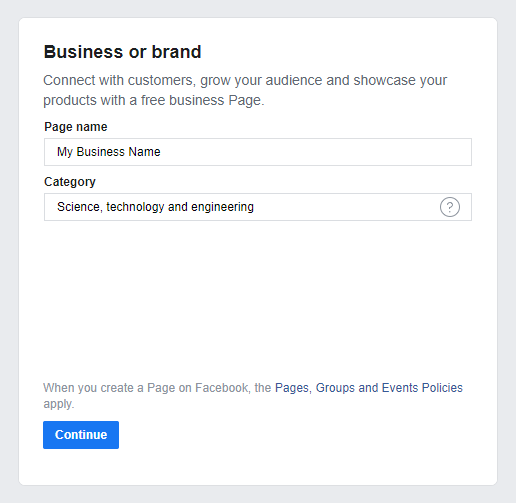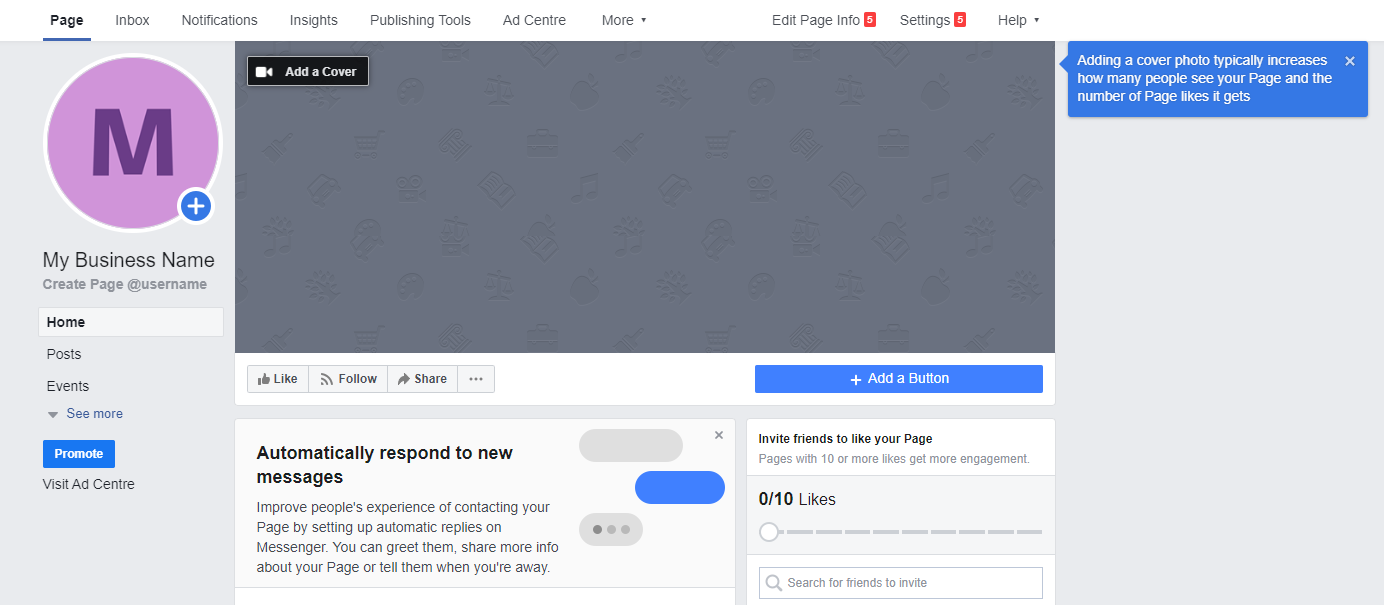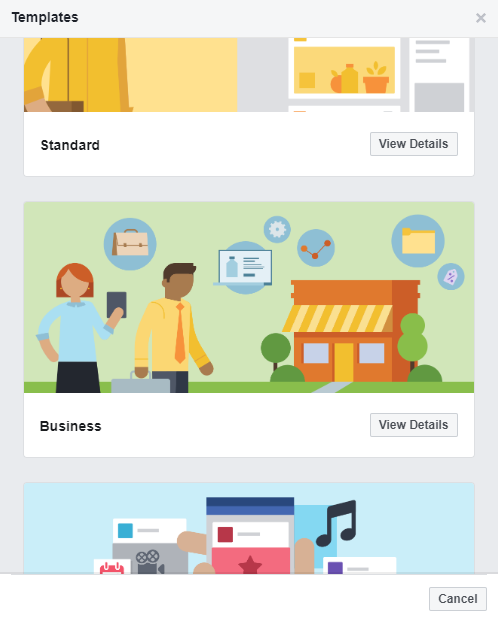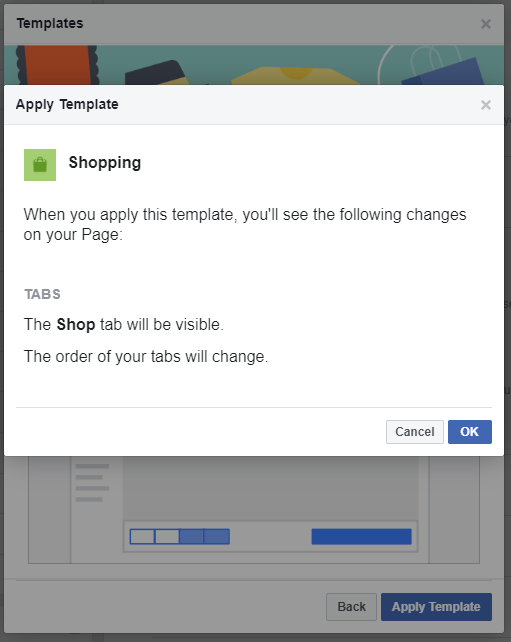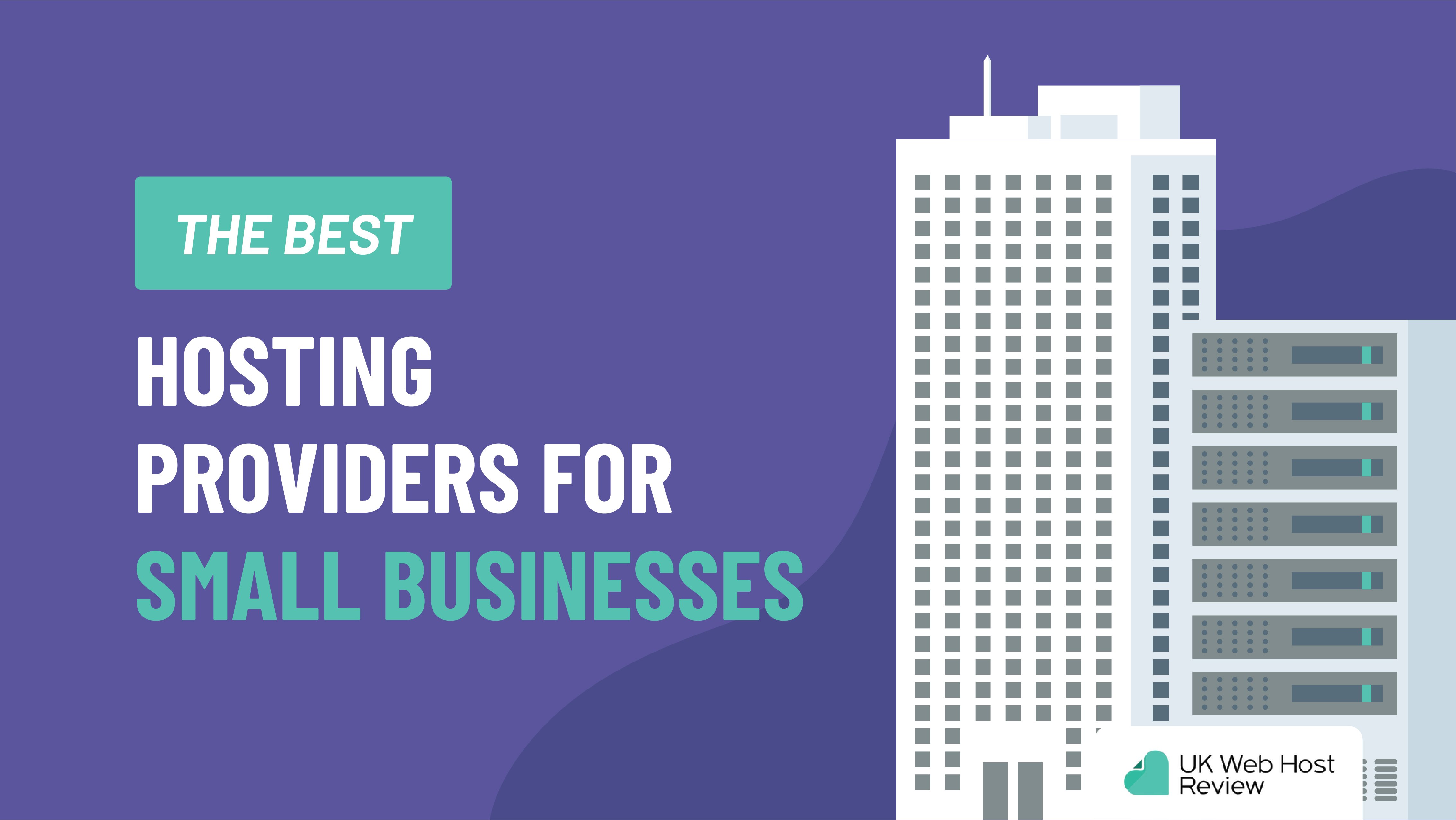BigCommerce Review (Is it Really That Good?)
Over 150,000 websites are powered by BigCommerce. It’s a popular eCommerce store builder where you can sell products and make money online. BigCommerce is an ideal solution for growing businesses or large online stores. It has plenty of tools and features to help you expand your business and reach.
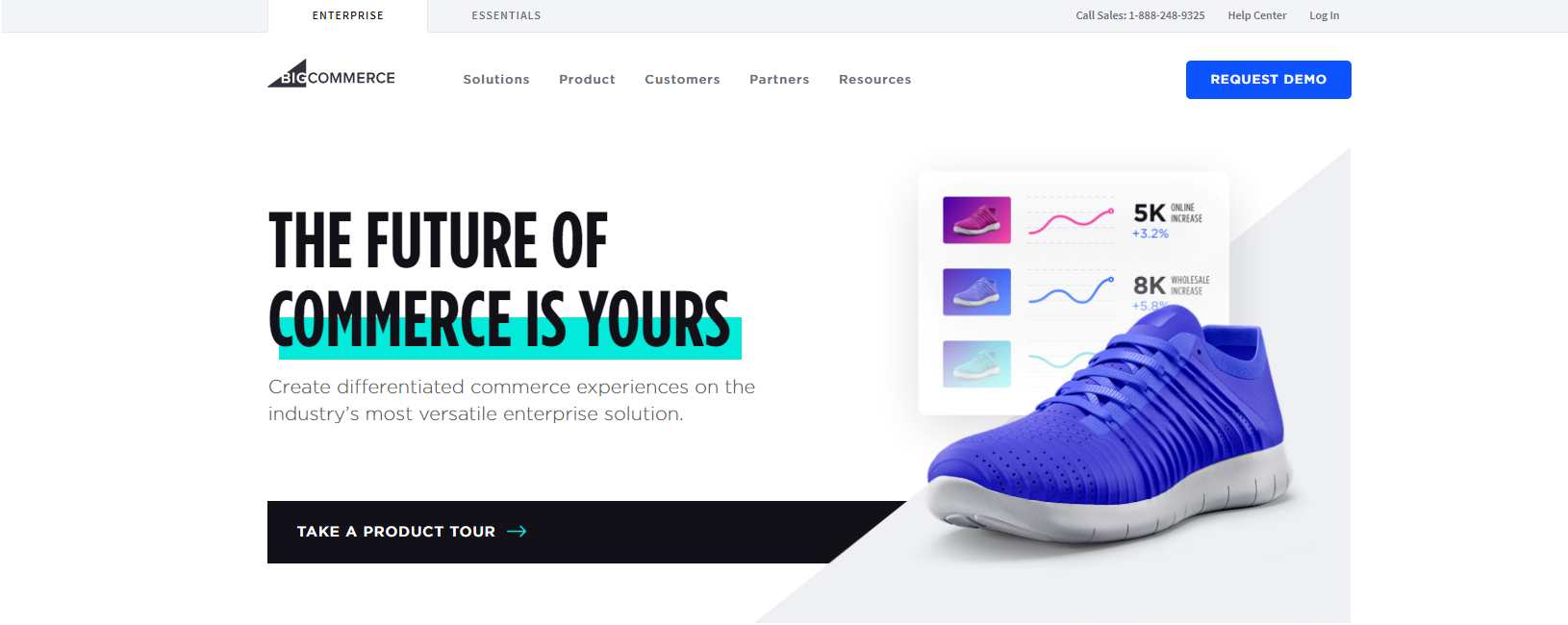
BigCommerce powers some pretty big-name websites. These include the likes of Ben & Jerry’s and Toyota. Just like all of our reviews, I signed up for BigCommerce and thoroughly tested it inside and out. I look at their features, tools, pricing, customer support, and pros and cons.
All of my reviews are 100% open and honest, with the aim to give you a good idea of whether to sign up for BigCommerce or not. Let’s take a look and see what I found…
1. Pricing
BigCommerce offers four pricing plans: Standard, Plus, Pro and Enterprise. For the purpose of this review, we’ve looked at the first three as Enterprise is done on a custom-pricing basis.
| Standard | Plus | Pro | |
| Transaction fees | 0% | 0% | 0% |
| Products, file storage and bandwidth | Unlimited | Unlimited | Unlimited |
| Staff accounts | Unlimited | Unlimited | Unlimited |
| Online store | ✔ | ✔ | ✔ |
| Point of sale | ✔ | ✔ | ✔ |
| Facebook/Instagram | ✔ | ✔ | ✔ |
| ✔ | ✔ | ✔ | |
| Google Shopping | ✔ | ✔ | ✔ |
| Responsive website | ✔ | ✔ | ✔ |
| Single-page checkout | ✔ | ✔ | ✔ |
| Apple Pay, Google Pay, Amazon Pay | ✔ | ✔ | ✔ |
| Coupons, discounts and gift cards | ✔ | ✔ | ✔ |
| Shipping label discounts | ✔ | ✔ | ✔ |
| Real-time shipping quotes | ✔ | ✔ | ✔ |
| Professional reporting tools | ✔ | ✔ | ✔ |
| Blog | ✔ | ✔ | ✔ |
| Product rating and reviews | ✔ | ✔ | ✔ |
| Free HTTPS and SSL | ✔ | ✔ | ✔ |
| ShipperHQ | Available | Available | Available |
| Customer groups and segmentation | ✔ | ✔ | |
| Abandoned cart recovery | ✔ | ✔ | |
| Persistent cart | ✔ | ✔ | |
| Stored credit cards | ✔ | ✔ | |
| Google customer reviews | ✔ | ||
| Faceted search | ✔ | ||
| Custom SSL | ✔ | ||
| Custom facets | |||
| Price lists | |||
| Unlimited API calls | |||
| Online sales per year | Up to £38k | Up to £115k | Up to £306k |
| 24/7 support | ✔ | ✔ | ✔ |
| Express routing, priority support | |||
| No transaction fees on leading payment gateways | ✔ | ✔ | ✔ |
| Special credit card rates from PayPal | 1.85% + £0.18 per transaction | 1.80% + £0.18 per transaction | 1.75% + £0.18 per transaction |
| Price | £22.91/mo | £61.16/mo | £191.21/mo |
All plans come with a free 15-day trial or you can request a demo. The standard plan will cost you around £22.91 per month. It will give you the ability to set up an online store with all the necessary features. As per the pricing plan, it’s ideal for businesses who don’t plan to exceed £38k per year in online sales.
As your business grows, or when your needs increase, you’ll have access to more features. A noteworthy feature that’s available on the Plus and Pro plans is the abandoned cart recovery. This is highly recommended if you want to grow your business and entice customers to go through with a sale.
The Plus plan is ideal for well-established and growing businesses, whereas the Pro plan is suited to businesses that are fast-growing and making up to £306k in sales per year.
BigCommerce is more expensive than it’s competitors. There’s no hiding that fact. However, it does offer some unique features that other eCommerce builders don’t. Shopify is a great platform, however, it requires you to purchase and install third-party apps to do the same things that BigCommerce already does.
2. Ease of Use
When looking for a website or eCommerce builder, it’s important that you’re able to use it with ease. Business owners will want to focus on their customers, building relations and marketing. Therefore, you don’t want to spend hours upon hours figuring out how to build your website or store, least of all struggling to use it.
When I tested BigCommerce for myself, I took into consideration all skill levels, from beginner to expert. If I had to score BigCommerce’s ease of use, I’d probably give it a 3 out of 5. The reason for this is because the design interface can be a little hard to get to grips with.
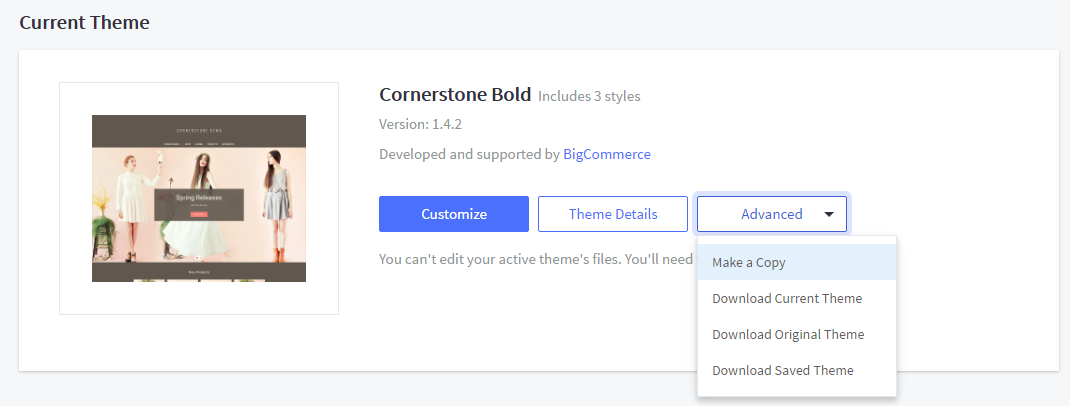
There’s one area where you add and manage your products for your online store, and the other area is where you can edit the design of your website/store. Although it’s not impossible to use by any means, it may take longer to understand than Shopify.
I’d recommend users to be at least a little tech-savvy. If you’re a complete beginner, I don’t think BigCommerce would be user-friendly enough. It’s a powerful and complex tool, full of terminology that may be difficult to understand if you’re new to creating online stores.
3. Themes and Design
BigCommerce has hundreds of themes to choose from. These are split between free and paid themes, reaching up to £230. When choosing a theme, you can filter by collections and industry. Collections allow you to sort through specific values, like storefronts designed for large catalogs, etc. There are various industries you can filter by, e.g. animals, arts and crafts, fashion, food and beverage, and lots more.
In total, there are 12 free themes on offer. Each theme has something unique that will fit certain industries. For example, fashion and jewelry come with a product zoom feature, so customers can view products in multiple ways.

I’d suggest spending a good amount of time looking through their themes to find the best fit. You can preview a theme beforehand so you know exactly what you’re planning to use. Unlike Wix, you can change your theme at any time, meaning the option to change your mind is there.
Like most websites and eCommerce builders, BigCommerce’s themes are all mobile responsive. There isn’t a separate mobile editor for their themes, as this automatically gets done when you’re building your store.
BigCommerce has recently introduced a new tool called Store Design. This allows you to customise your storefront in one place, making usability a lot easier. You can choose sections of your store you want to edit or customise and make changes there and then.
4. Tools and Features
Being a powerhouse in the store builder world, BigCommerce has some very useful tools and features. Whilst the platform might cost more than its competitors, all its tools and features are available at your fingertips without having to use third-party apps.
- Products: You can sell physical and digital products, as well as services with BigCommerce. It’s the only eCommerce builder available where you don’t have to use third-party apps to sell all these types of products.
- Shipping: Shipping can be a bit of a minefield when you start using an eCommerce builder. However, BigCommerce makes this pretty easy to deal with. There’s a wide range of shipping options, including real-time quotes, shipping labels, free shipping, and more. Their shipping app integrates with the likes of DHL and FedEx, offering discounts of up to 80% off. Customers will be able to enjoy shipping tracking and updates, in-store pick up, and next day delivery. All these options help to increase customer loyalty and trust, making your life a lot easier.
- Payments: BigCommerce doesn’t charge any transaction fees on leading payment gateways and doesn’t require you to use their payment gateway as other eCommerce builders do. The only fees you’ll ever pay are the standard credit card charges, so you’ll hopefully save money compared to BigCommerce’s competitors. There are well over 60 payment gateways to choose form, including PayPal, Stripe, Apple Pay, Amazon Pay, Square and lots more.
- Abandoned Cart Recovery: This feature is a must if you’re selling products online. Rather than faffing about setting up emails, if your customers enter their email address and abandon their cart, an automatic email will be sent out. You can customise these emails, making them personal, as well as including enticing offers and discount codes. Check out our abandoned cart recovery statistics to see why this is such an important feature.
- Social Media Integration: Multichannel integrations are great. It means you can sell your products and services via other platforms like Facebook, Instagram and even on the Amazon marketplace. You can manage everything from one dashboard, whilst analysing data to see where, when and who is best to sell to.
5. Customer Support
When you’re spending a lot of money on a platform, and offering products/services to your customers, it’s important to have a solid customer support network. Thankfully, BigCommerce offers a variety of ways to get in touch.

You can contact them via telephone, live chat or visit their help center. The knowledgebase is full of useful articles including how-to guides. There’s a community section that allows you to discuss topics and ask questions to other BigCommerce users, as well as their experts.
If you sign up for BigCommerce’s free trial, you’ll find an email inviting you to a free 10-minute call to discuss your requirements. My personal experience with BigCommerce has been nothing but great. Their experts really are experts, offering help and support when needed.
6. What Customers Think
As well as offering my opinion on BigCommerce, I think it’s important to see what other customers think about the platform. I’ve searched high and low for customer feedback, most of which seems quite in-line with my own review.
Now that BigCommerce has a WordPress plugin, people have become very excited about it. For those that love both platforms, this is a match made in heaven. This is a brilliant solution for those that are struggling with their storefronts, which can be made a lot easier with WordPress.
On the flip side, BigCommerce’s TrustPilot reviews offer just a 3.5 star rating. A lot of the complaints seem to come from BigCommerce’s customer support. Although I haven’t experienced poor support, it seems as though others have.
7. Pros and Cons
| Pros | Cons |
| ✔ Offers the most built-in features compared to other eCommerce builders | ✖ Editing tools can be a little confusing and complex for beginners |
| ✔ Integration with multiple channels and social media | ✖ Expensive compared to competitors (but offers more features) |
| ✔ Great SEO tools to help improve your website | |
| ✔ Scalable for most types of businesses | |
| ✔ Helpful support team and community | |
| ✔ Free and paid themes available |
8. Conclusion
For me, BigCommerce is a real powerhouse in the eCommerce builder market. It offers extensive and advanced features that will take your online store to the next level. If your business is fast-growing, it offers brilliant scalability.
However, if you’re a beginner or you’re not looking to grow your business to its full extent, I wouldn’t recommend BigCommerce.
BigCommerce’s features are great for the right business. Because of this, if you use the platform for the wrong business, you’re going to be wasting a lot of time and money to get nowhere fast.
If you have the time to dedicate you and your business to BigCommerce, I truly believe it can bring you success. It can be used regardless of whether you want to grow your already extensive enterprise or a smaller business.
Fancy taking the plunge to grow your business? You can sign up for BigCommerce’s free trial with no obligation or payment information required.

